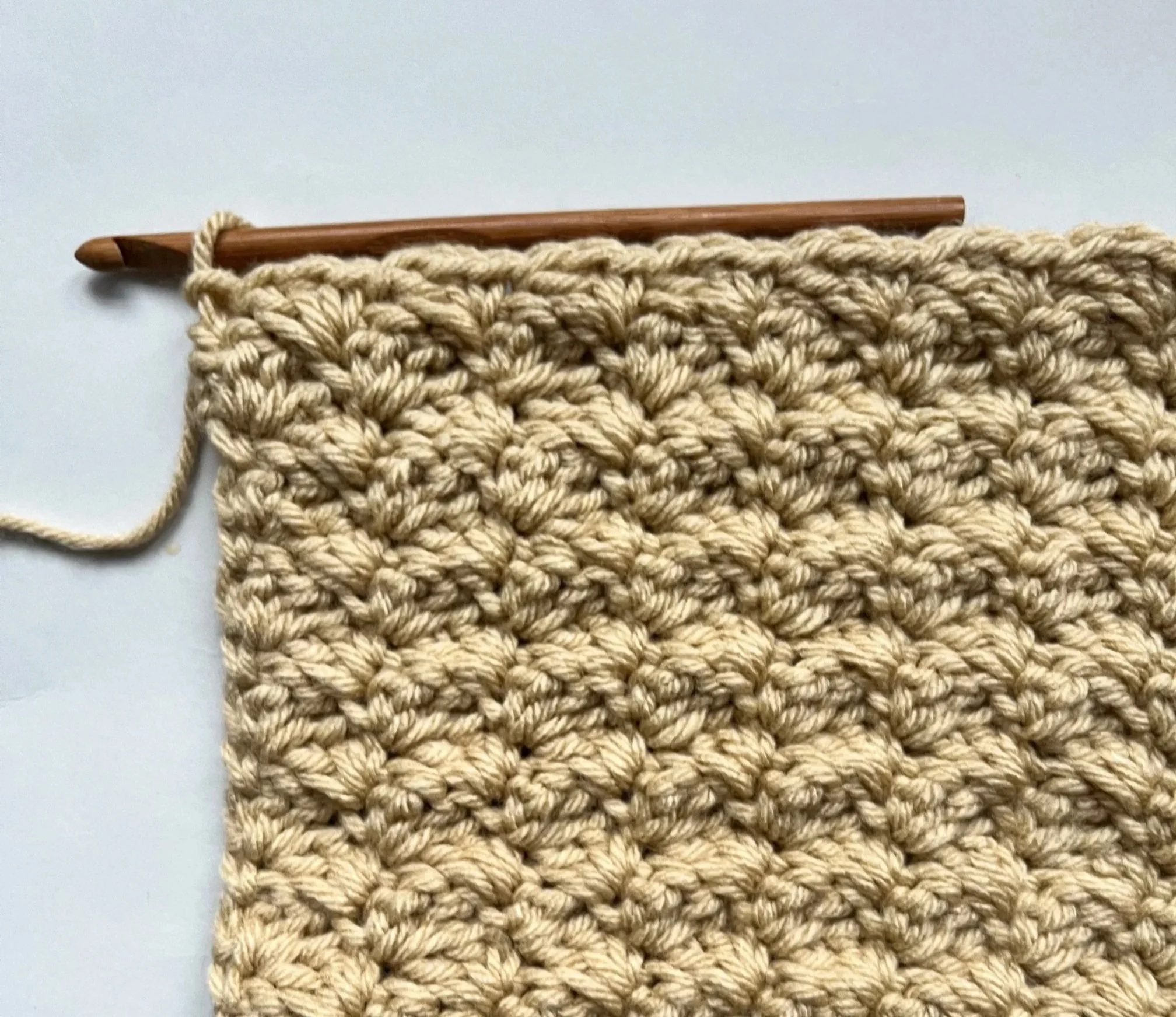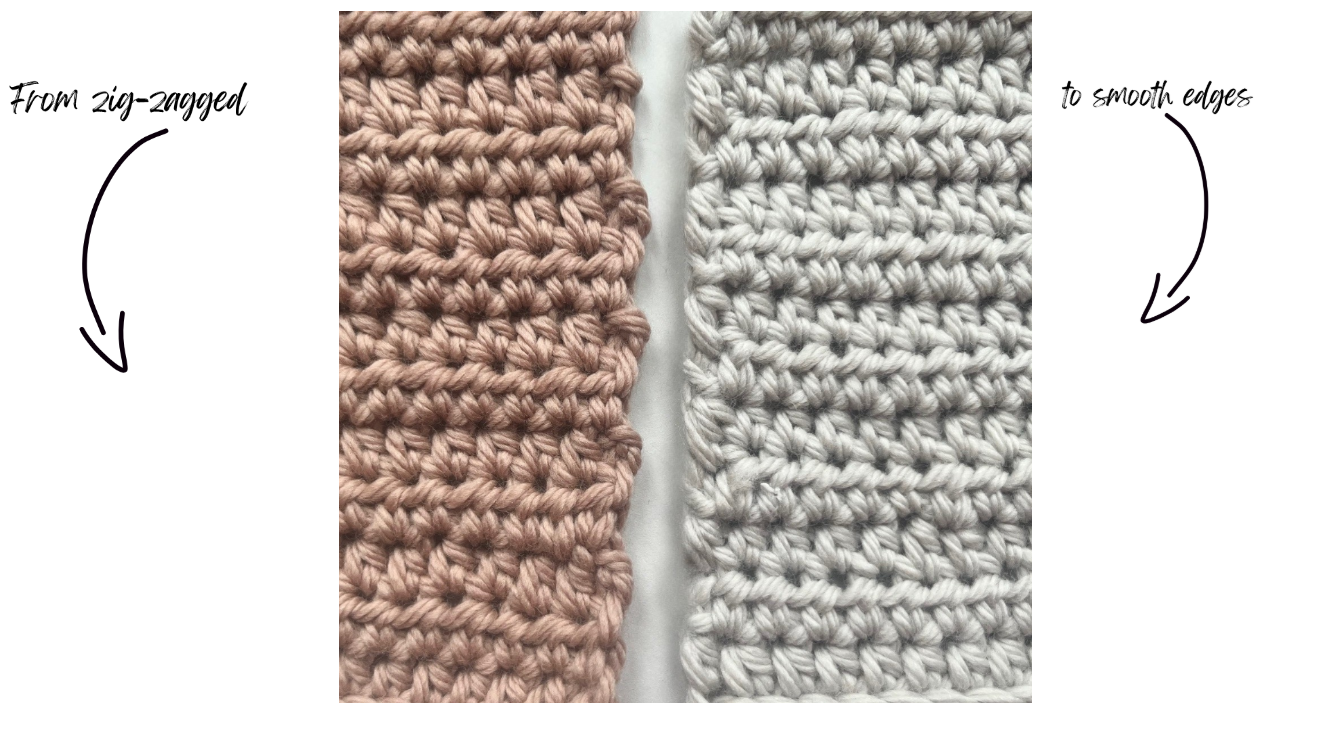10 Tools Every New Crocheter Needs
So, you’ve decided to give crochet a go. Maybe you’ve got Pinterest boards full of cute blankets. But then, BAM—you find yourself drowning in options. Hooks, yarn, needles, markers… Where do you even start?
Every beginner’s been there, staring at shelves or scrolling endlessly, thinking, “Do I need all this stuff?
What if I buy the wrong thing? I just want to make something, not waste a fortune!”
Here’s the good news: you don’t need a mountain of supplies to start. You just need the right ones. And I’m here to make sure you know exactly what to get—no fluff, no overwhelm, no regret.
Ready to ditch the stress and get straight to creating?
Common Challenges for Crochet Beginners
Starting any new hobby can be overwhelming.
Crochet is no different. You’re probably staring at endless options for tools and supplies, wondering what you actually need.
Which hooks are beginner-friendly?
Does yarn type really matter?
And what on earth are tapestry needles even for?
The sheer volume of choices can leave you feeling stuck before you even begin.
That’s why a streamlined approach makes all the difference. Instead of diving into trial-and-error mode (and wasting time or money), this guide cuts through the clutter. It’s all about giving you the essentials—the tools that work together seamlessly to make crochet fun, easy, and frustration-free.
The List of Crochet Essentials
1. Ergonomic Crochet Hooks
With crochet hooks comfort is key. Ergonomic crochet hooks are specifically designed to reduce hand and wrist strain, which is especially important if you’re new to holding and using a crochet hook. The soft grip makes them easier to use for longer periods, whether you’re practicing stitches or working on your first project.
Why it matters: Regular hooks can feel awkward and slippery. Ergonomic options make it easier to maintain tension and control, which can be tricky for beginners.
Example: The Clover Amour Crochet Hook Set comes with soft, cushioned handles and a variety of sizes, so you can easily match your hook to different yarn weights as you progress.
2. Organic Cotton or Wool Yarn
Choosing the right yarn is like picking the foundation for a house—it sets the tone for everything else. For beginners, organic cotton or wool yarn is perfect. These fibres are smooth, easy to work with, and have just the right amount of stretch. Plus, they’re eco-friendly, so you’re crafting sustainably from day one.
Why it matters: Synthetic yarns can feel scratchy or split easily, making them frustrating for beginners. Natural fibres glide over the hook effortlessly and help your stitches look clean.
Example: Try About Strings Organic Cotton Yarn for its soft texture and vibrant colours. It’s beginner-friendly and perfect for learning basic stitches. Or Lion Brand’s Basic basic stitch yarn is good for beginners as well.
3. Tapestry Needles
Weaving in loose ends is an essential part of finishing your projects. Tapestry needles, with their blunt tips and wide eyes, make this task super easy. They’re also handy for sewing pieces together if you’re working on multi-part projects.
Why it matters: Trying to weave ends with a regular needle? It’s a recipe for frustration. Tapestry needles are designed to work with yarn, saving you time and effort.
Example: The Clover Darning Needle Set includes needles of various sizes, perfect for different yarn weights.
4. Stitch Markers
Ever lost your place in the middle of a project? Stitch markers are the unsung heroes of crochet. They clip onto your stitches to help you keep track of rounds, pattern repeats, or even where to increase or decrease.
Why it matters: Beginners often struggle with counting stitches accurately. Stitch markers take the guesswork out and let you focus on enjoying the process.
Example: Check out these Plant inspired Stitch Markers. They’re lightweight, easy to use, and won’t snag your yarn.
5. Sharp Scissors or Thread Snips
Don’t underestimate the importance of sharp scissors. A clean cut makes weaving ends or switching yarns so much easier.
Thread snips, in particular, are compact and perfect for precise cutting.
Why it matters: Dull scissors can fray yarn, leaving a messy finish. Sharp tools make every project look polished.
Example: The Gingher Craft Scissors are durable and sharp enough to handle thick yarns with ease.
6. Measuring Tape
Crochet is as much about precision as it is about creativity. Measuring tape ensures your projects turn out the right size, whether you’re making a scarf, a beanie, or even a cosy blanket.
Why it matters: Guessing dimensions can lead to disappointing results. A measuring tape keeps you on track, especially when working with patterns.
Example: The Singer Retractable Tape Measure is compact, accurate, and fits perfectly in any crochet bag.
7. Row Counter
If you’ve ever lost count mid-row, you know how frustrating it can be. A row counter is your best friend for keeping track of stitches, rows, or pattern repeats without relying on memory.
Why it matters: Keeping track mentally can get overwhelming, especially during longer projects. A row counter lets you stay organized effortlessly.
Example: The Digital Row Counter Ring is wearable and convenient, making it easy to track progress without stopping.
8. A Cute Crochet Bag or Organizer
Crochet isn’t just a hobby; it’s a vibe. A cute, functional organizer keeps your tools tidy and makes crafting on the go a breeze. Plus, it’s one less thing to worry about when starting a new project.
Why it matters: Digging through clutter to find your tools kills the flow. An organized space keeps the focus on creativity.
Example: This MYBAGZING Yarn Bag has compartments for yarn, hooks, and accessories, all in one stylish bag.
9. Crochet Hook Gauge
Ever picked up a hook and wondered what size it was? A crochet hook gauge solves that mystery. It’s especially useful if you’re switching between yarn weights or working on multiple projects.
Why it matters: Misjudging hook size can affect the tension and overall look of your project. A gauge ensures consistency.
Example: The Susan Bates Knit-Check is a lightweight, budget-friendly option that works for both crochet and knitting.
10. A Beginner-Friendly Pattern or Kit
Finally, nothing beats starting with a pattern or kit designed for beginners. These provide clear instructions and all the tools you need in one place. Look for kits that focus on small, manageable projects to build confidence.
Why it matters: Starting with a beginner-friendly kit eliminates the overwhelm of figuring out everything on your own.
Example: Check out the Mouse and Sparrow Organic Crochet Kits. They’re designed with eco-conscious crafters in mind and are perfect for learning the basic stitches whilst creating something beautiful.
Crochet Project ideas to get you started: 6 Beginner-Friendly Crochet Projects You Can Finish In A Day
Starting with the right tools makes all the difference. Think of it like cooking—sure, you can try to bake a cake without measuring cups, but why make it harder on yourself?
These tools are carefully chosen to eliminate guesswork, reduce frustration, and make your first crochet projects feel like a win.
Not only do these essentials simplify the process, but they also help build confidence. When you’re not fighting with your tools, you can focus on the joy of creating. And that’s the whole point, right?
Can’t I just grab random supplies to start?
Sure, but why take the long road? Tools like ergonomic hooks and high-quality yarn save you from common beginner headaches—like hand cramps or tangled fibers—and let you enjoy the process.
What if I’m not ready to commit?
No problem. Start small. Many of these tools, like scissors and measuring tape, are useful beyond crochet. You’re investing in more than just a hobby.
Do I need all 10 items right away?
Not at all. Begin with a hook, some yarn, and a simple pattern or kit. Add more tools as you grow more comfortable.
How to Get Started
Start simple: pick up a good ergonomic hook, some organic cotton yarn and an easy pattern - or a a beginner crochet kit. As you gain confidence, add tools like stitch markers, scissors, and a row counter to your collection.
Completely new to crochet? Start here: A Beginner's Guide to Crochet: Starting Your Journey to a More Relaxed You
Starting with Simple Crochet Patterns
Simple patterns that are ideal for beginners include potholders, coasters, scarves, or granny squares, thanks to their repetitive stitches and minimal shaping requirements. These patterns allow you to practice the basics while gradually building your confidence and skill set.
Granny squares: These are small squares worked in the round, and they offer a great way to practice chains, slip, and double crochet stitches.
Scarves: Practically a rite of passage for crochet beginners, they're straightforward and provide ample practice.
Potholders: They come together quickly and allow you to try out different stitches in a manageable format.
You can find free crochet patterns suitable for beginners through various online platforms, such as crafting blogs, community forums, or dedicated websites like Ravelry. These resources often provide step-by-step instructions, tutorials, and support from a community of enthusiastic crocheters.
You’ve Got This!
Starting something new can feel overwhelming, right?
Maybe you’re thinking, “What if I buy the wrong things? What if I mess up?” I get it.
But here’s the truth: you don’t need it all figured out right away. The key is to start small, try a little patience, and use the right tools—and now you know exactly what those are.
If buying supplies still feels like a chore, you can always check out my shop for eco-friendly crochet kits for beginners, complete with everything you need to start your new craft stress-free.
This isn’t just about crochet; it’s about taking time for yourself, finding calm, and enjoying the process. So take a deep breath, grab your tools or kit, and dive in.
You’re ready, and your creative journey is about to be amazing.
Happy crocheting!






A beginner-friendly crochet basket you can actually finish.
This calm weekend project uses simple stitches, clear instructions, and a complete kit — so you can stop overthinking and enjoy making something practical for your home.